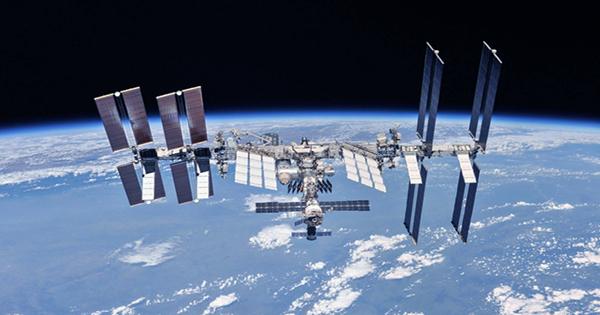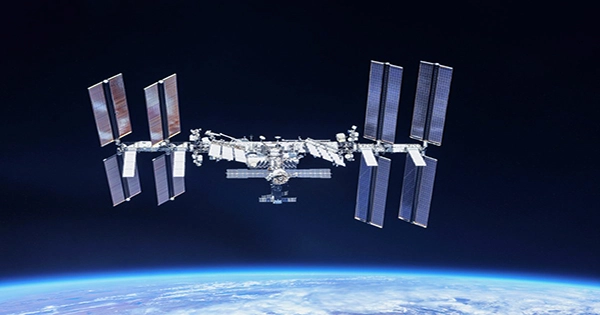Because friction, air resistance, and other factors on Earth make it difficult to discern the underlying forces, it took a genius like Isaac Newton to develop the laws of motion. Much of this is taken away in space, and we can see physics in its most basic form, such as a body in motion remaining in motion unless pushed on by a force. With footage showing astronauts inside the International Space Station (ISS) undergoing a reboost, the European Space Agency (ESA) has offered a fantastic illustration of this.
The Earth’s atmosphere progressively thins as you ascend, rather than abruptly ending. There is still a little drag at the ISS’s height of 400 kilometers (240 miles), which causes the orbit to progressively degrade. As a result, the ISS requires a boost now and again, which is delivered in this case by a resupply cargo vehicle firing its thrusters for a few minutes to lift the station to correct height. Because the astronauts – and anyone else not tethered – lack their own rockets, they continue to orbit while the space station rotates around them.

However, it appears to be a camera positioned in the ISS’s frame of reference as follows (the movie has been sped up x 8 according to ESA): Clearly, the experience of having the station rush past you is so enjoyable that astronauts are eager to push off at the temporary bottom and repeat the action, like pandas on a slide. We’re not sure why the ESA sped up the entire thing eight times; we’d prefer to view a four-minute movie at normal speed.
One person attempts to compute the station’s acceleration in the comments, concluding that it is roughly 0.005 ms-2. If this is the case, the astronauts on board will experience a gravitational force of 0.0005g, or 0.05 percent of Earth’s gravity. The figure is based on some educated guesses about how long it takes the astronauts to get from one end of the corridor to the other. Based on statistics provided by the ISS agencies, a more detailed computation of a separate reboost yields a cost of a third of that amount.
Astronauts on the Moon, for comparison, feel 0.17g. Gravity is 0.03g even on Ceres. A tiny moon or the asteroid-like Martian moons Phobos and Deimos would be required to reproduce this sense of almost, but not quite, weightlessness on a long-term basis. Alternatively, if future Mars missions choose ion thrusters over quick-firing rockets, we may receive the experience on the way there.
















